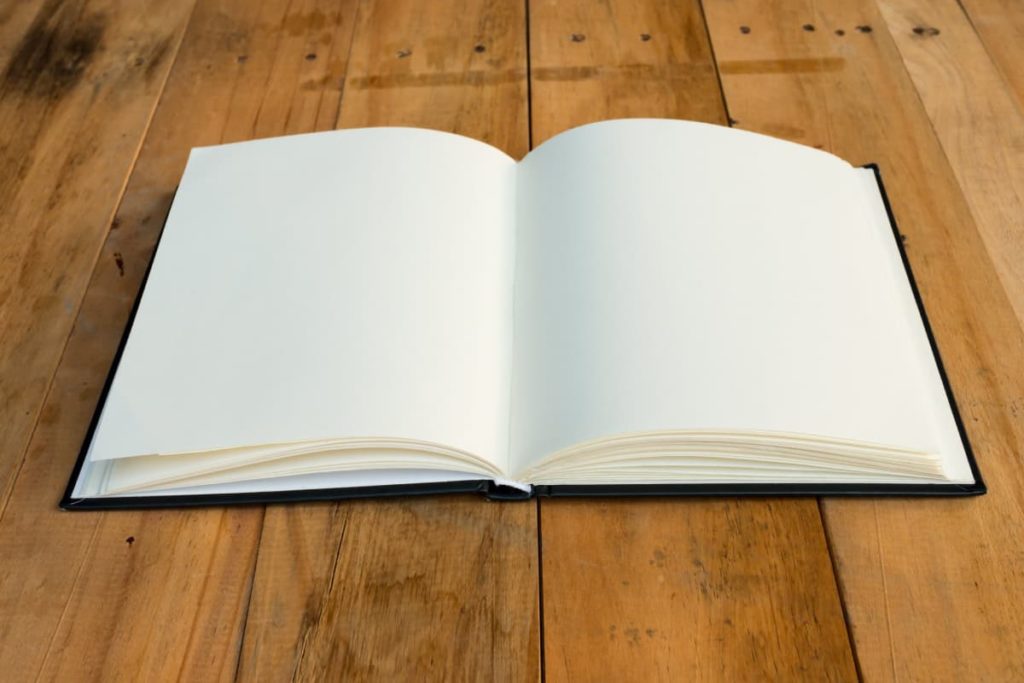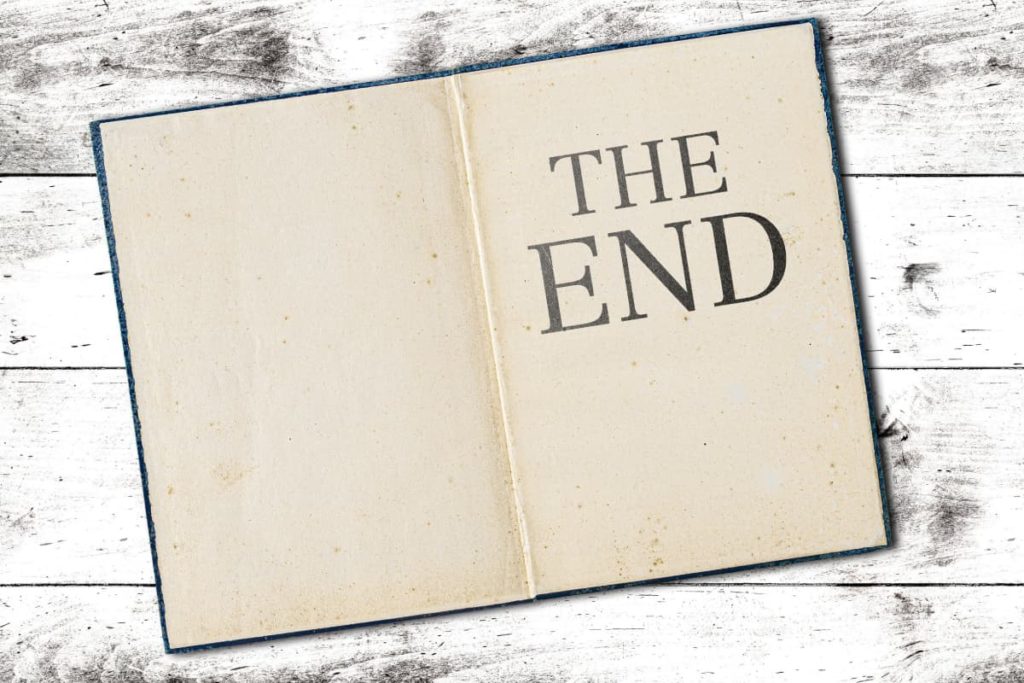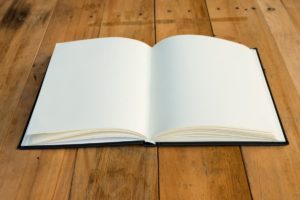You come to the end of your paperback novel, and there are blank pages. But why is that? The reason is simpler than you might think.
Novels have blank pages at the end to avoid wasting money and paper. Blank pages in books accommodate the book’s signature, which is the way pages are grouped to create a book. The number of blanks differs according to the total number of pages in a book.
This article explores the intricacies of bookbinding, how those blank pages in novels come to be, and why they might be beneficial.

Why There Are Blank Pages in Novels
The blank pages in books have become so commonplace that the average person doesn’t even notice them, and if they do, they don’t dwell on why they exist. However, if you have dwelled on this question for a while, the answer has to do with the bookbinding process.
Books Are Bound In a Specific Way
Bookbinding refers to the printing and assemblage of a book.
There are several kinds of binds to choose from, including softcover or hardcover, and the specific stitching used to secure the pages. Each bind renders a different, unique result.
You’ll want to research the types of binding methods before you print your book. That way, you can decide which one best fits your skill and experience level and which one produces the result that you like the most.
Groups Of Pages Are Called Signatures
Pages aren’t simply sewn into a book, however. They are collected into groups of pages called signatures, which are laid out before printing, and consist of large sheets of paper that must be folded in a particular order.
The exact grouping of pages differs depending on how many total pages are in a book. This is where the blank pages come in.
Blank pages are a binder’s way of balancing the number of pages in a book to make assemblage easier. For example, sometimes, the final printed page of a book falls ahead of a few blank pages in one signature.
This is especially applicable to end pages, as it’s pretty standard to start printing from the very first page, usually dedicated to copyright and printing details or a special mention from the author.
In bookbinding, a page is referred to as a leaf, and a blank page is a flyleaf. A page refers to one side of a leaf, both printed or blank.
Some authors consciously decide to insert blank pages, even if they don’t have to, to add sentimental value or more profound meaning to their book in some way.
Some add them to include space for illustrations and other graphics.
The Number Of Pages In a Signature
Typical signatures are 16 to 24 pages, but they can be up to 32 pages or as little as four pages. The number of pages in a signature differs according to the number of pages in a book and the type of stitch used to sew the signatures together.
For example, a 12-page book made with Perfect Binding will have three signatures of 4 pages each. Other binding techniques are Saddle Stitch Binding and Case Bound Binding, which vary in complexity and how they use signatures.
This may all sound quite complicated, in which case, a visual aid is valuable. You can watch a full run-down of the bookbinding process on YouTube:
Ultimately, the amount of pages you have doesn’t matter.
However, it’s essential to remember that if your page count is not divisible by four, you will end up with a flyleaf or two. So, if you’re adamant about avoiding any blank pages, try your best to keep your total page count as a number that can be divided by four.
Does Every Book Have a Blank Page at the Back?
Every book does not have a blank page at the back, because the blank pages at the beginning and end of a book are caused by printing and binding. You won’t have any blanks if your printed pages are evenly divided into your signatures.

For example, if your book consists of 80 pages, and you have four signatures, you can fit 20 pages into each signature, thus leaving none blank or left over.
Your pages must be divisible by four because four pages are printed on one large sheet and then folded in half to make a booklet. Bookbinding requires particular calculations to allow the book to come together successfully.
The Aesthetic Value of Blank Pages
Not everyone includes blank pages on purpose, but having a flyleaf at the front or back of a book can be beneficial if you’re artistically inclined. Instead of leaving these pages blank, you can choose to print or sketch a design, map, or illustration to add interest to these otherwise empty pages.
If you’re interested in bookbinding’s visual and aesthetic possibilities, here are some examples of flyleaf pages with an illustrative twist. You might even find that an illustrated flyleaf adds to the story through a map or character design, especially if your book is fantasy or science fiction.
Other Reasons for Blank Pages in Books
The reason behind the blank pages in a book is a practical one, but some authors and binders insert blank pages as an intentional design choice. A flyleaf can give the reader a cue to “breathe.”
This is often the case when there is a blank page at the beginning of a new chapter or the end of an old one.
Blank Pages Have Metaphorical Reasons
There are more metaphorical purposes instilled in a blank page. The inclusion of a blank page can represent the reader about to begin their journey through a story without preconceived notions or opinions about a book.
The flyleaf at the end of the book could be a way for the reader to reflect on the journey they’ve just taken through the book, a sort of checkpoint or resting place. In these ways, a blank page can represent so much more than what was happening in the printing room.
The greatest thing about the deeper meaning of a blank page is that it’s open to interpretation and offers an added layer of complexity and thoughtfulness to a text.
However, this isn’t usually the case when it comes to the flyleaves right at the end of books, as most of the time, it’s simply to do with printing and assembling a book. Even so, giving them a deeper explanation can add personal value to any book.
Final Thoughts
The blank pages at the front and back of a novel exist for a practical purpose, because a book needs an even number of pages, whether they all have content on them or not. Sometimes a blank page can mean something significant, and sometimes it can serve as a way to include sketches or maps and add character to the book.

